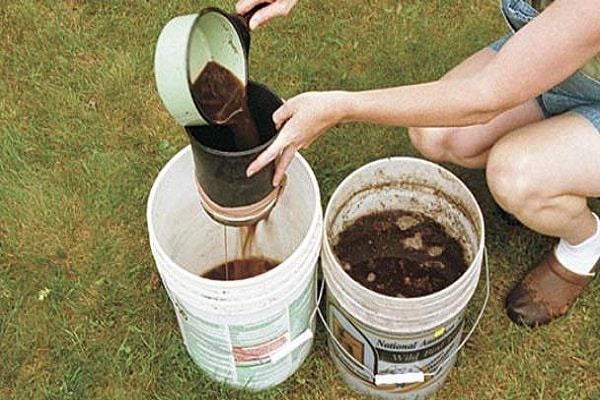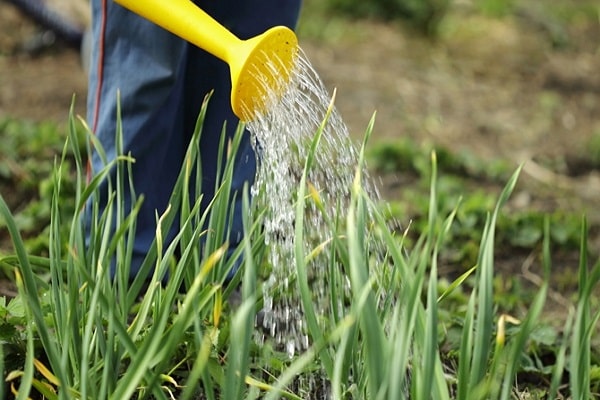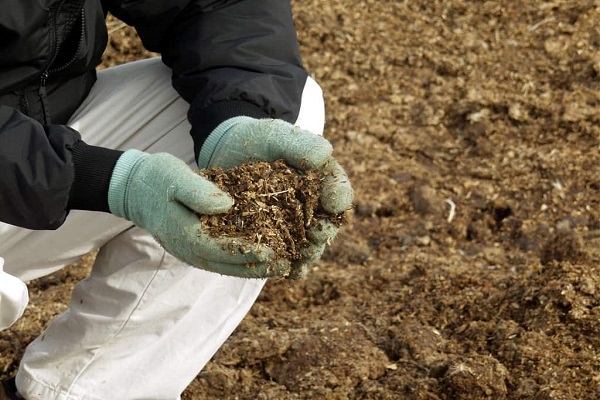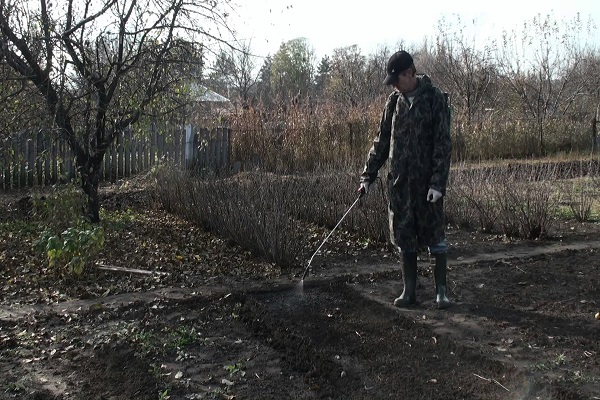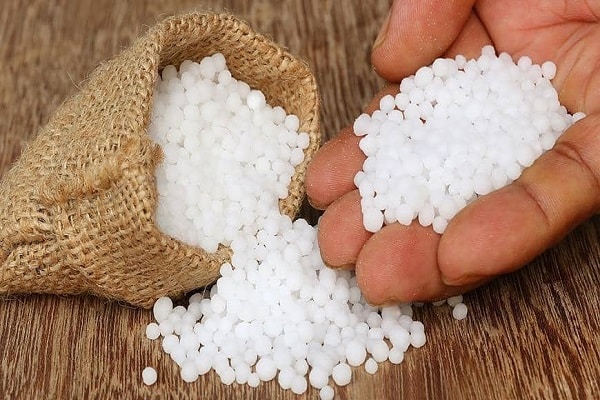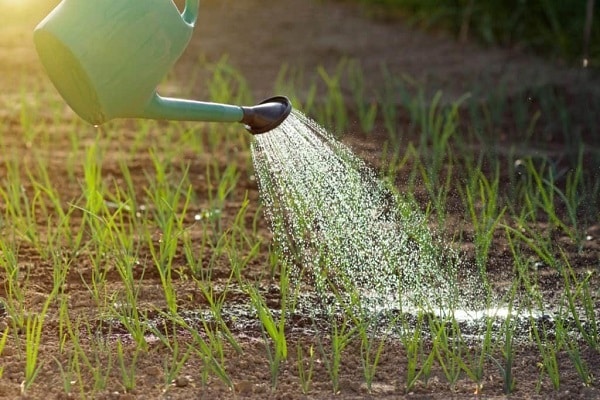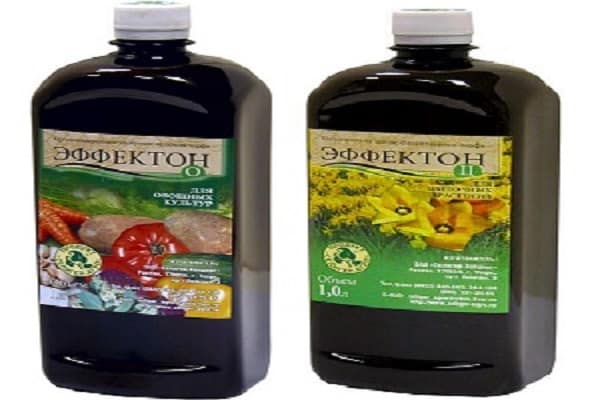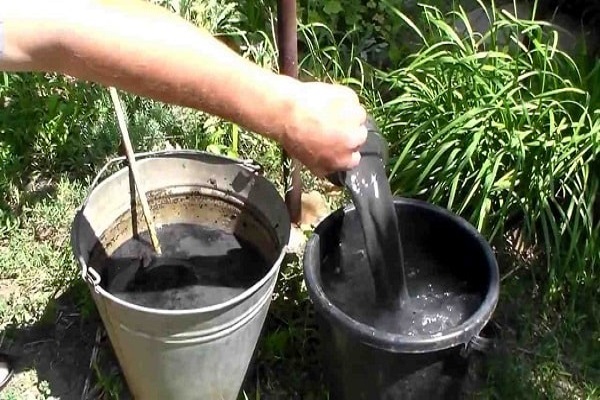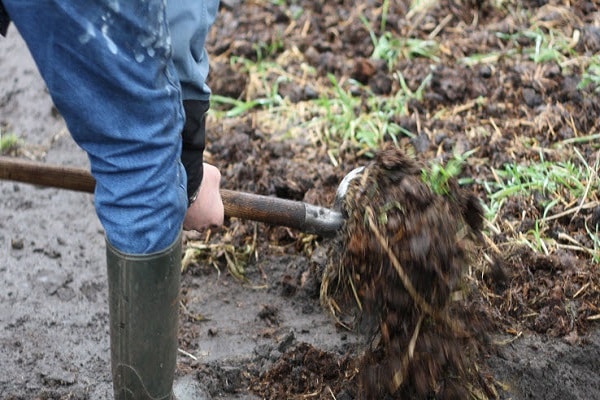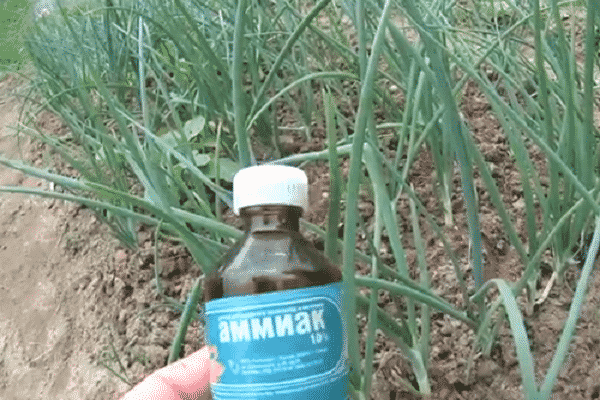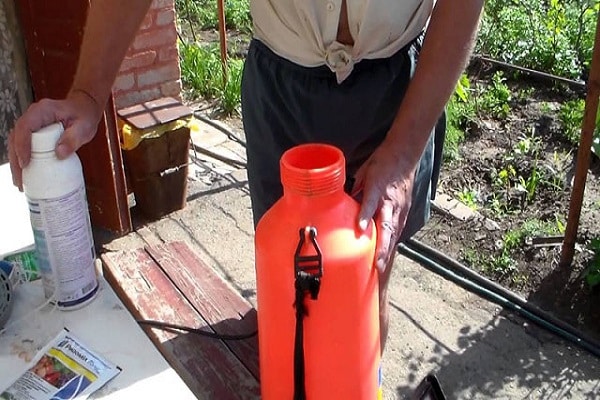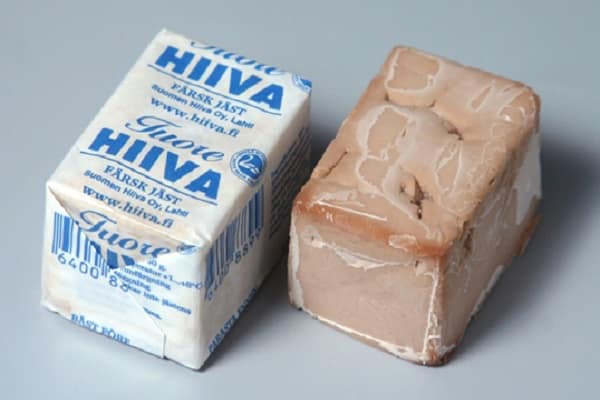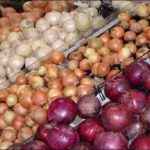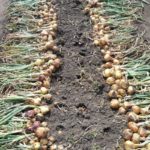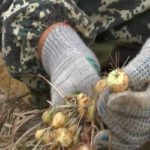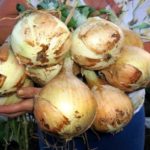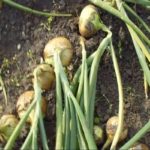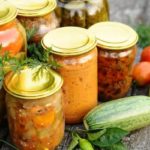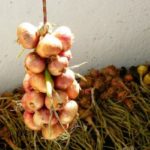To get a good harvest, you need to know how to feed the onions so that they are large. To do this, experienced summer residents use mineral and organic fertilizers. But in order to get a bountiful harvest, these fertilizers should be used correctly, following the schedule for applying certain substances in a particular season. Otherwise, when using fertilizers that are inappropriate for the plant’s development phase, you can get an unexpected result in the form of an underdeveloped bulb and a large number of feathers and arrows.
Minerals for vegetables
Feeding onions with mineral fertilizers is necessary care for the development of full-fledged heads and their timely ripening. In particular, the plant requires nitrogen, potassium and phosphorus for bulb development.
The use of fertilizers in the garden: ammonium nitrate - ammonium nitrate, for processing onions can improve the nutritional quality of the soil if applied as part of complex solutions. They need to be mixed with a small amount of sulfate, nitrogen, and potassium. It is also possible to independently prepare fertilizers using nutritional components.
Timely feeding
Fertilizing onions should consist of repeated application of various mineral and organic substances to the soil. The plant’s need for one or another feeding should be determined based on its growing season.
On average, onions need to be fed 3-4 times a season. The beds should be fertilized for the first time, and the next fertilizing should be done after planting. To make it more convenient for novice summer residents, before planting the plant and during its development, the need for fertilizing is best determined according to the spring-summer fertilizer schedule.
Autumn soil preparation
The task of increasing the nutritional quality of the land prevails over other methods of caring for plantings. This is due to the fact that nutritious soil is a fundamental factor influencing the production of a bountiful onion harvest. To increase this indicator, organic fertilizers should be added to the soil. The first step in the fall is to dig up the beds and then add manure to the soil.
You can calculate the required amount of fertilizer by assessing the initial condition of the soil.
If the site has a clay structure, for every 1 square meter, 5 kilograms of peat, manure or humus are added.Also, 10 kilograms of river sand should be added to the ground. This composition will give the soil a loose, light structure and increase its nutritional characteristics.
If onions are planted on loam, in soil dominated by sand, in black soil, the soil should be fertilized with 5 kilograms of peat and 3 kilograms of humus. This fertilizer is suitable for replenishing nutritional resources after growing previous plants.
In the autumn, you should not fertilize the soil with minerals, since most of them are washed away by melt water. If there was no time to prepare the soil earlier, the soil should be dug up before fertilizing and then fertilized with 1 teaspoon of urea and 2 tablespoons of superphosphate. Also at this stage you can feed the onions with ash. In this case, wood ash should simply be scattered over the beds.
First feeding in spring
Onions are planted in the ground in early spring so that their bulbs can provide full resistance to various pests. Also, such planting helps plants release feathers at an early date. Therefore, the first feeding of onions in spring and summer is a necessity; it is carried out at the moment when the onion feather reaches a length of 3–4 centimeters. To feed the planting at this time, you can use various fertilizers:
- Many summer residents use ready-made mineral compositions to feed onions. Vegeta fertilizer is especially popular during this period.
- If it is not possible to purchase a ready-made composition, you can prepare mineral fertilizer yourself by stirring 1 glass of manure in 10 liters of water. This solution should be applied to 1 square meter of planting so that it does not fall on the green part of the plant.
- To obtain a mineral complex for a plant, take 30 grams of ammonium nitrate, 20 grams of potassium chloride, and 40 grams of superphosphate per bucket of water. Superphosphate should be dissolved a day before fertilizing, since this substance requires a long time to dissolve.
You can use any of the means described above for the first feeding of onions. They enrich the soil with nitrogen, which helps to stimulate plant growth, increase the number of feathers, and the volume of the bulb.
Second feeding
At the second stage of the onion growing season, the following soil fertilizing is carried out. This is done 30–35 days after the first feeding. Most often, summer feeding of onions is done using the following means:
- Complex composition Agricola-2.
- Self-prepared mineral mixture of 1 bucket of water, 30 grams of potassium chloride, 30 grams of ammonium nitrate, 60 grams of superphosphate.
- An herbal infusion prepared by soaking ground weeds in water and immersing them under pressure for a couple of days. The resulting solution is diluted with water until a light brownish tint is obtained and used for irrigation.
Most often, the second feeding of onions in July allows you to get a good onion harvest. And also increase the shelf life of onions.
Final stage
The final feeding of onions is carried out during the period when the onion head increases to 4–5 centimeters in diameter. At this time, the vegetable bulbs become dense, and it is forbidden to use compounds containing an increased amount of nitrogen to fertilize them. The fact is that this substance brings the growth processes of the bulbs into the active stage and does not allow them to fully ripen. It is best to use the following to fertilize plantings during this period:
- a solution prepared from 1 bucket of water, 30 grams of superphosphate, 60 grams of potassium chloride (calculated for treating 5 square meters of land);
- ready-made product Effecton-O, supplemented with superphosphate in a ratio of 2 to 1;
- ash - this substance is rich in phosphorus and potassium.
To prepare a folk remedy for feeding onions from ash, you must use the instructions:
-
- 250 grams of wood ash is dissolved in 10 liters of boiling water.
- The infusion is left for 3–4 days.
- Then the liquid is half diluted with water and used to water the plantings.
This feeding is the last one before harvesting the onions. It is worth considering that its use can be abandoned if the feather and heads are actively growing.
Important points
Fertilizing onions should be done only when necessary. It is also necessary to monitor the appropriateness of using certain means. To avoid mistakes, you can use the following notes:
- fresh manure cannot be used to cultivate the soil on which onions grow, as it creates a favorable environment for the development of pathologies, attracts pests, and activates the growth of weeds;
- when providing care for onions, with increased nitrogen, it is necessary to reduce the concentration of this substance in the soil, especially during the period of bulb growth;
- The dosage of mineral substances indicated in recipes and instructions for preparations cannot be exceeded, since nitrates begin to accumulate in turnips;
- It is recommended to fertilize onions using a watering can, excluding the fertilizer from getting on the green part of the plant; when processing feathers, they should be thoroughly washed with clean water;
- all minerals are added as part of complex fertilizers;
- when using mineral dry mixtures, they can simply be scattered on the soil in the rain, and then sealed, loosening the piles by 3-5 centimeters.
Potash fertilizer is better absorbed if applied after abundant watering. A similar feature applies to most other fertilizers.
Folk recipes
Feeding onions using the means described above is the most common method of caring for plantings. But if summer residents use folk remedies to feed onions, the heads will grow large and ripen in a timely manner.
Ammonia or yeast are often used as such means. They must be used to fertilize the soil in accordance with the instructions.
Organic fertilizers
You can also feed onions with organic fertilizers. If fertilizing is carried out with manure or mullein, it is necessary to wait until it rots in order to prevent the emergence of pathologies that are dangerous for planting.
You can also prepare a solution from urea: take 1 tablespoon of the product per bucket of water. If necessary, add 2 tablespoons of superphosphate to the resulting mixture.
Ammonia
Ammonia is a source of nitrogen, so fertilizer should be applied only in the early stages of the vegetable growing season. It is also possible to use ammonia to compensate for the deficiency of this substance. To recognize a lack of nitrogen, you should pay attention to the appearance of the following symptoms:
- yellowing of feathers;
- slowdown in turnip growth.
To cope with the appearance of these symptoms, you need to prepare a solution of 10 liters of water and 3 tablespoons of ammonia. Next, water the onion, it is better to do it at the root, since ammonia can harm the feathers that are actively growing.Also, such treatment of plantings helps to cope with the attack of onion flies.
Baker's yeast
Using yeast fertilizer for onions helps not only enrich the soil with oxygen, but also normalize the vital activity of beneficial microflora. Under the influence of such fertilizers, organic substances begin to actively decompose, which is why the onion quickly absorbs all the components necessary for its growth.
How to feed onions with yeast? This treatment should be carried out in warm weather. To prepare the composition, you need to dissolve 1 kilogram of fresh yeast in 5 liters of water. Add a small amount of sugar to the composition.
If necessary, you can add 250 milliliters of wood ash to the composition. This ingredient will help increase the phosphorus and potassium levels in the soil. After the composition has begun to actively ferment, it must be diluted with warm water in a ratio of 1:2, and then used for watering.

